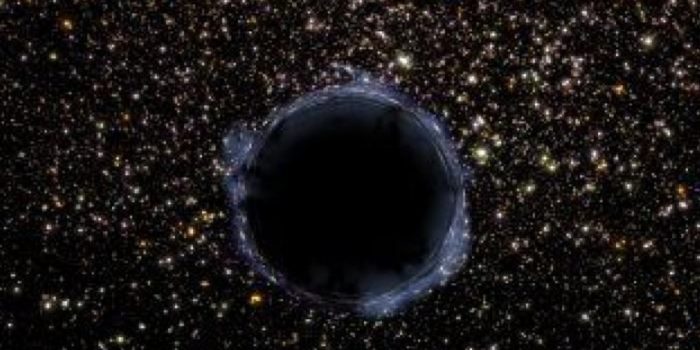It has been discovered that 89 million light-years away, in the galaxy NGC 7727, two supermassive black holes will become one.
It is revealed that the nucleus has a binary supermassive black hole pair. It’s the closest such binary that has been found till now.
These two supermassive black holes are closer to each other than any other supermassive black hole binary ever recorded. They are only1,600 light-years apart. It is believed that they will merge.
This confirms that the NGC 7727 galaxy is made up of two galaxies. Also, it will tell about the interactions between supermassive black holes before they merge.
“It is the first time we find two supermassive black holes that are this close to each other, less than half the separation of the previous record holder,” says astronomer Karina Voggel of the Strasbourg Observatory in France.
Supermassive black hole binaries can also explain how they can grow to be millions to billions of times the mass of the Sun. A binary black hole merger is one way this growth can occur. This will lead to more accurate modeling of the galaxies and black holes.
NGC 7727 has intrigued astronomers for quite a while now. Its physical characteristics indicate that it came into being after a binary merger. However, they usually have bright shines around and this galaxy did not have one around its two active supermassive black holes.
Since NGC 7727 is close to us, the researchers could get motion data for stars in the galactic center, based on the way their light changes as they whirl around. This revealed that there are two massive black holes, not just one.
One black hole is 154 million times the mass of the Sun. The other is only 6.3 million solar masses. Only the smaller one was active. That’s why the radiance was low.
“Our finding implies that there might be many more of these relics of galaxy mergers out there and they may contain many hidden massive black holes that still wait to be found,” Voggel said.

“It could increase the total number of supermassive black holes known in the local Universe by 30 percent.”
Astronomers state that they will merge but in around 250 million years or so. It also indicates that there are more binary black holes around us.
New instruments like the space-based gravitational wave detector LISA will be able to detect them.
“Targeting bright surviving nuclear star clusters in merged galaxies can facilitate the discovery of dual supermassive black holes at smaller separations in the Local Universe even when they are not luminous active galactic nuclei,” they wrote in their paper.
“This will allow much more detailed studies of these systems that they can serve as blueprints of how to find them more broadly in the distant Universe.”
The research has been published in Astronomy & Astrophysics.


